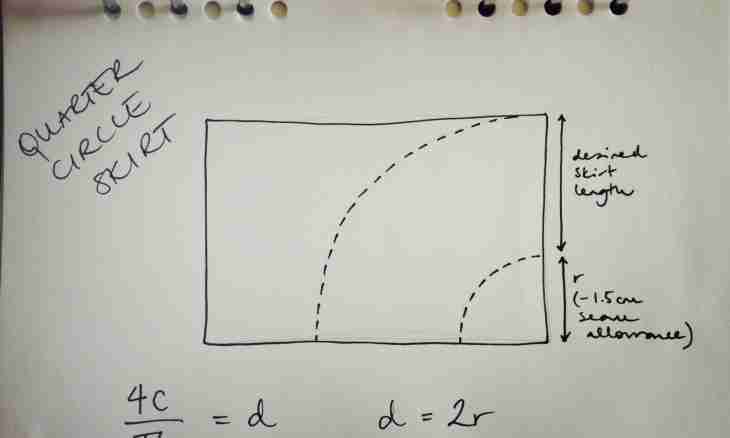For the solution of many tasks, both applied, and theoretical, in physics and linear algebra it is necessary to calculate a corner between vectors. This a task simple at first sight is capable to bring a set of difficulties if you accurately do not acquire essence of a scalar product and what size appears as a result of this work.
Instruction
1. A corner between vectors in vector linear space – the minimum corner at the turn on which the codirectionality of vectors is reached. The turn of one of vectors around its initial point is made. From definition it becomes obvious that the value of a corner cannot exceed 180 degrees (cm. the drawing to a step).
2. At the same time it is absolutely fairly supposed that in linear space at implementation of parallel translation of vectors the corner between them does not change. Therefore for analytical calculation of a corner the spatial orientation of vectors does not matter.
3. When finding a corner use definition of a scalar product for vectors. This operation is designated as follows (see the drawing to a step).
4. Result of a scalar product – number, differently a scalar. Remember (it is important to know it) not to make mistakes in further calculations. The formula of a scalar product, located on the plane or in space of vectors, has an appearance (see the drawing to a step).
5. This expression is fair only for nonzero vectors. From here express a corner between vectors (see the drawing to a step).
6. If the system of coordinates in which vectors are located is Cartesian, then expression for definition of a corner can be rewritten in the following look (see the drawing to a step).
7. If vector are located in space, then you make calculation in the similar way. Emergence third composed in a dividend will be the only difference - it composed is responsible for z-coordinate, i.e. a third to a vector component. Respectively, at calculation of the module of vectors component z needs also to consider, then for the vectors located in space, the last expression will be transformed as follows (see figure 6 to a step).

